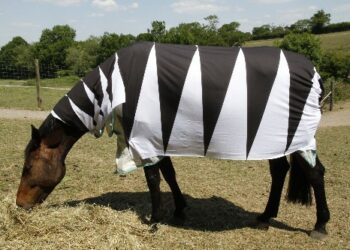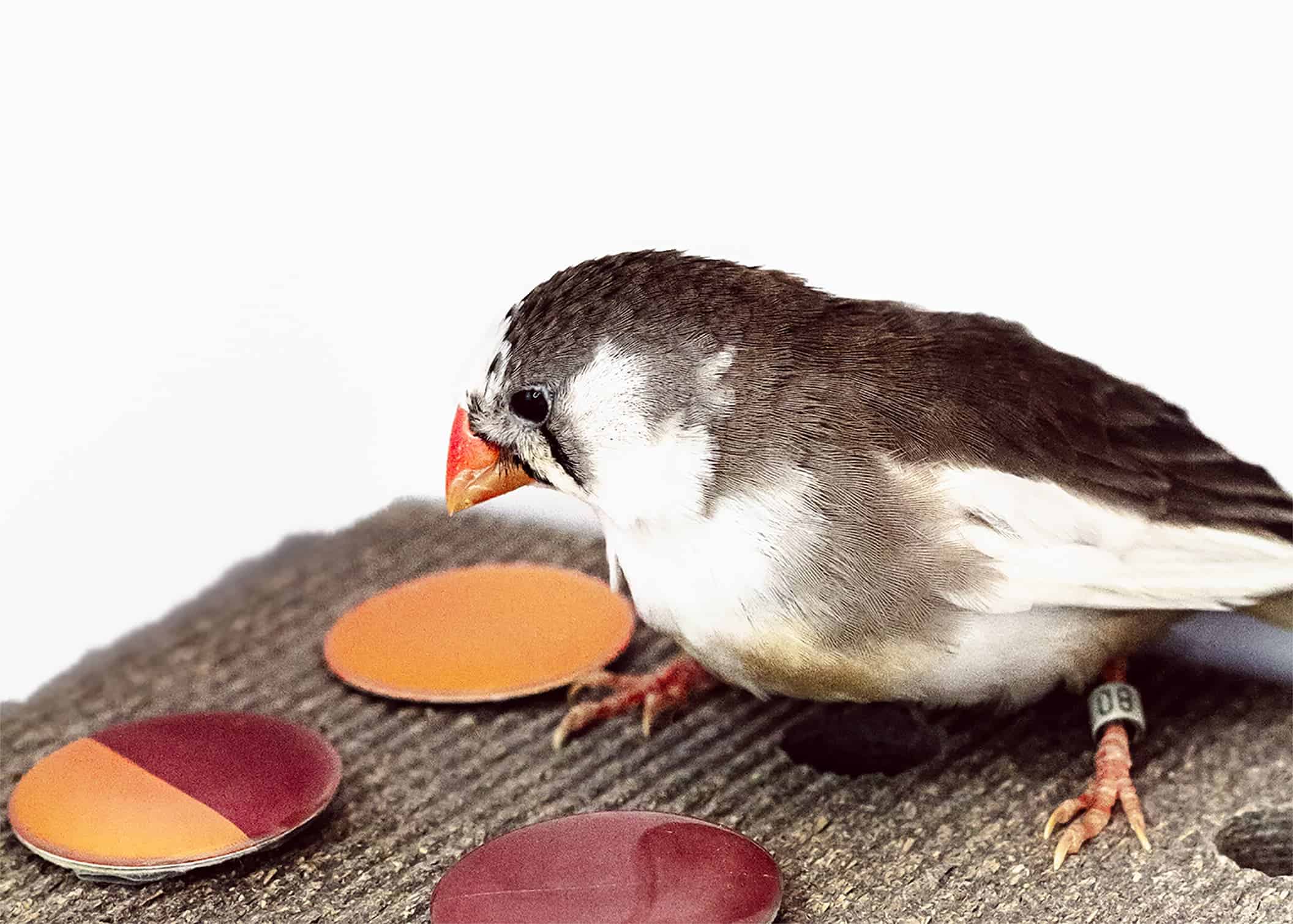Zebra stripes ward off blood-sucking insects by dazzling them to the point where they are unable to land on the animals’ skin, according to a new study.

More many years, the zebra’s stripes have been a mystery. Scientists have proposed all sorts of hypotheses that might explain their evolutionary origin, including camouflage, signaling to other zebras, or temperature regulation. However, the only explanation that has stood up to experimental verification suggests that the stripes serve to deter insects, which can sometimes carry deadly diseases.
“We conclude that zebras have evolved a coat pattern in which the stripes are narrow enough to ensure minimum attractiveness to tabanid flies,” says the team. They add, “The selection pressure for striped coat patterns as a response to blood-sucking dipteran parasites is probably high in this region [Africa],” researchers wrote in the journal Experimental Biology.
Striped patterns seem to work for humans as well, explaining why tribes from Africa, Australia, and southeast Asia have historical bodypainting traditions. When researchers painted a mannequin with zebra-like patterns, similar to those that adorn the skin of some tribal communities, they found that there were ten times fewer horsefly bites than on unstriped models.
The idea that stripes somehow reduce the likelihood of being bitten by predatory flies has come to be accepted by most scientists, but the exact mechanism remained unclear until recently. In a new study, researchers at the University of California Davis performed a series of experiments that investigated how stripes altered the behavior of biting insects.
The experiment, which took place at a horse farm in the United Kingdom, involved both horses and zebras, which were dressed sequentially in black, white, and the black-and-white striped coats. Researchers used high-resolution cameras to record insects’ flight trajectories as they cruised close to zebras.
Both horses and zebras attracted the same number of insects, suggesting that the patterned stripes did not deter flies at a distance. However, once they got close to the animals, the insects tended to fly past or bump into zebras.
“This indicates that stripes may disrupt the flies’ abilities to have a controlled landing,” said Tim Caro, an UC Davis Professor and lead author of the new study published in the journal PLOS One.
“Stripes may dazzle flies in some way once they are close enough to see them with their low-resolution eyes,” said co-author Martin How of the University of Bristol.
It’s important to note that zebras also behave differently from horses in the presence of flies. While horses are more low-key about the presence of flies, merely twitching and occasionally swishing their tails to ward off the insects, zebras are far less tolerant. The striped animals almost continuously swish their tails during the day and will stop feeding if they feel bothered. If the flies are persistent, the zebra will even run away.
Together with the striped patterns findings, this anxiety suggests that zebras evolved sophisticated defense mechanisms in order to avoid infectious diseases carried by biting flies. This hypothesis requires further investigation, however.






